Barbican Centre: Brutalist Architecture at its finest.
Drop a pin in the middle of Moorgate and Barbican tube stops, and there you’ll find an epic landscape of mammoth concrete structures–collectively known as the Barbican complex.
The colossal structure, 16 hectares (160 000m²) is an almost futuristic landscape of poured concrete and exposed brick, sitting squarely on the fence between awe-inspiring and formidable.

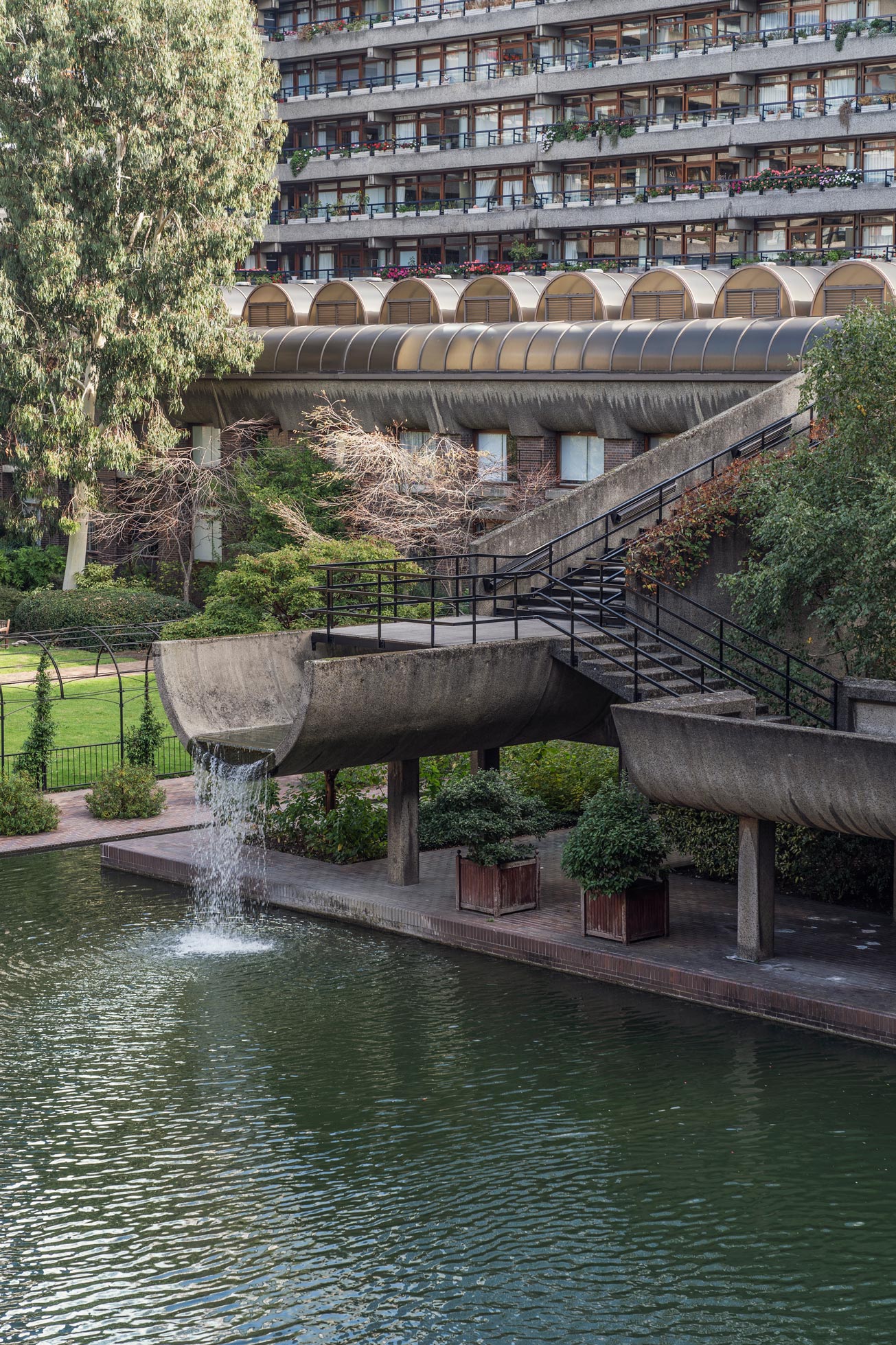
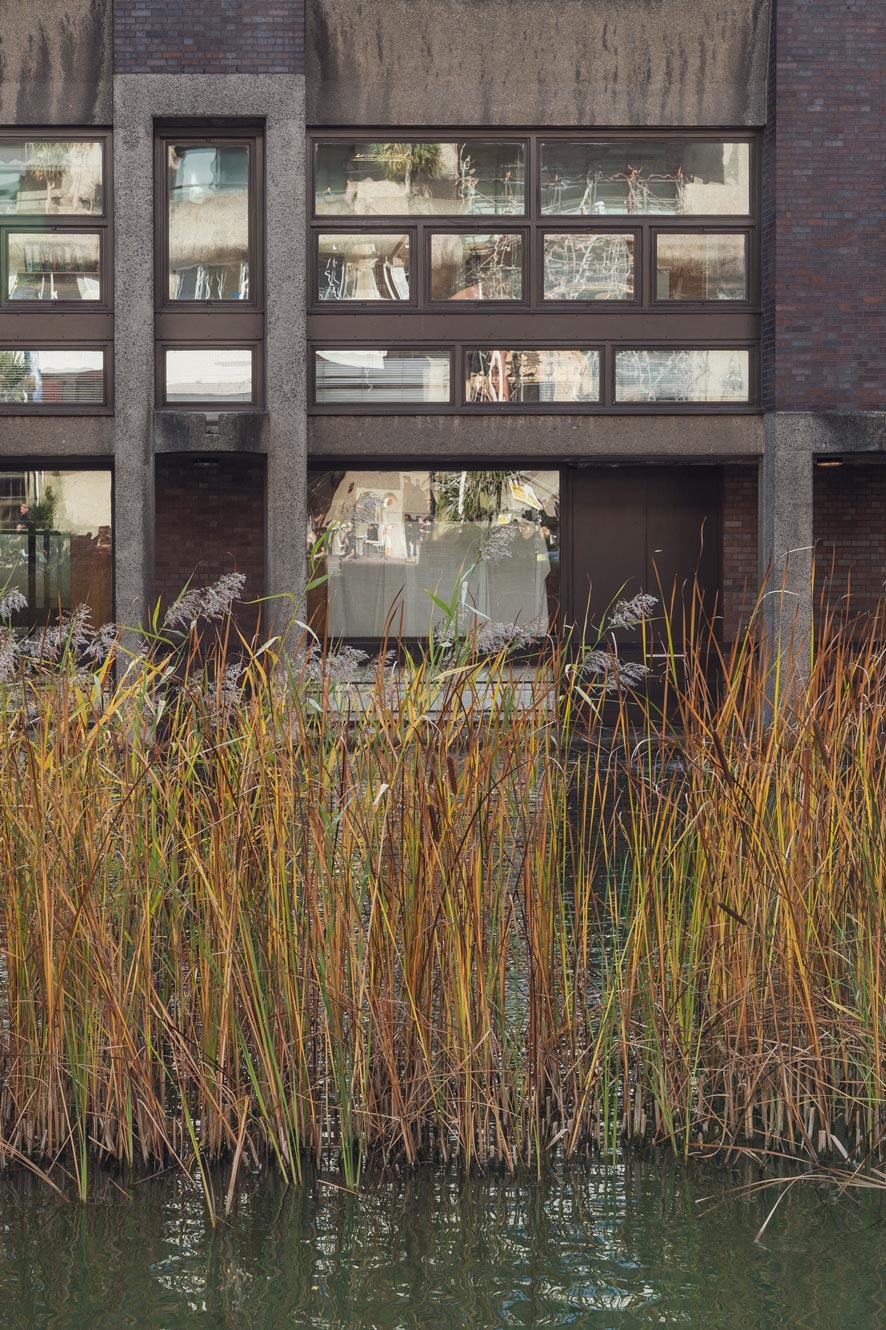
Indeed, built in the style of architecture known as Brutalism; it’s been voted one of London’s ugliest buildings–an opinion readily shared about Brutalist architecture. Not by me though. I find it brilliant.
There’s just something quite remarkable about the place. As an unqualified and unschooled yet VERY enthusiastic fan of the field of architecture; I can simply observe and judge by what I see and feel. And the feelings evoked by this majestic brute, are undeniably good.
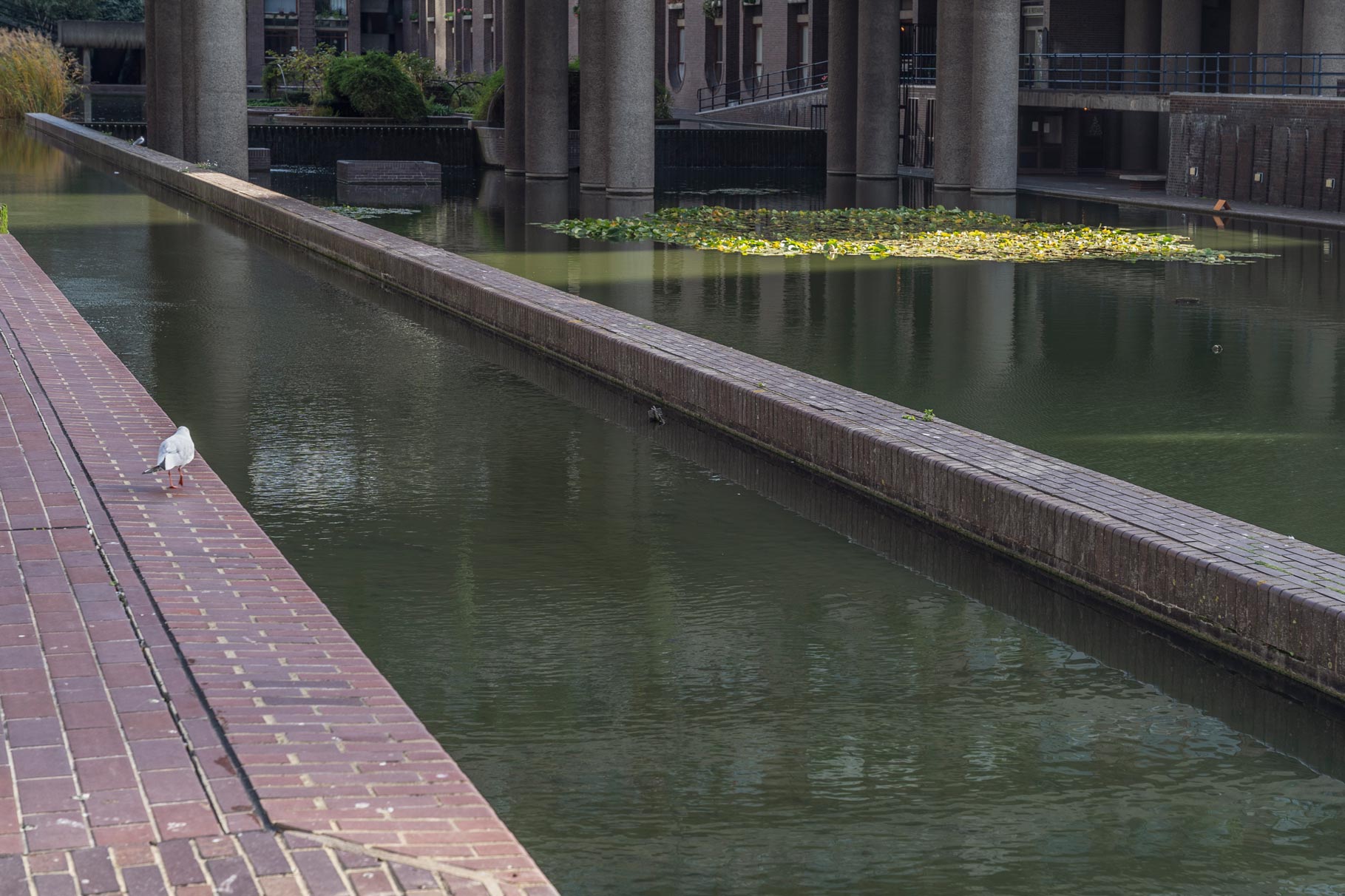
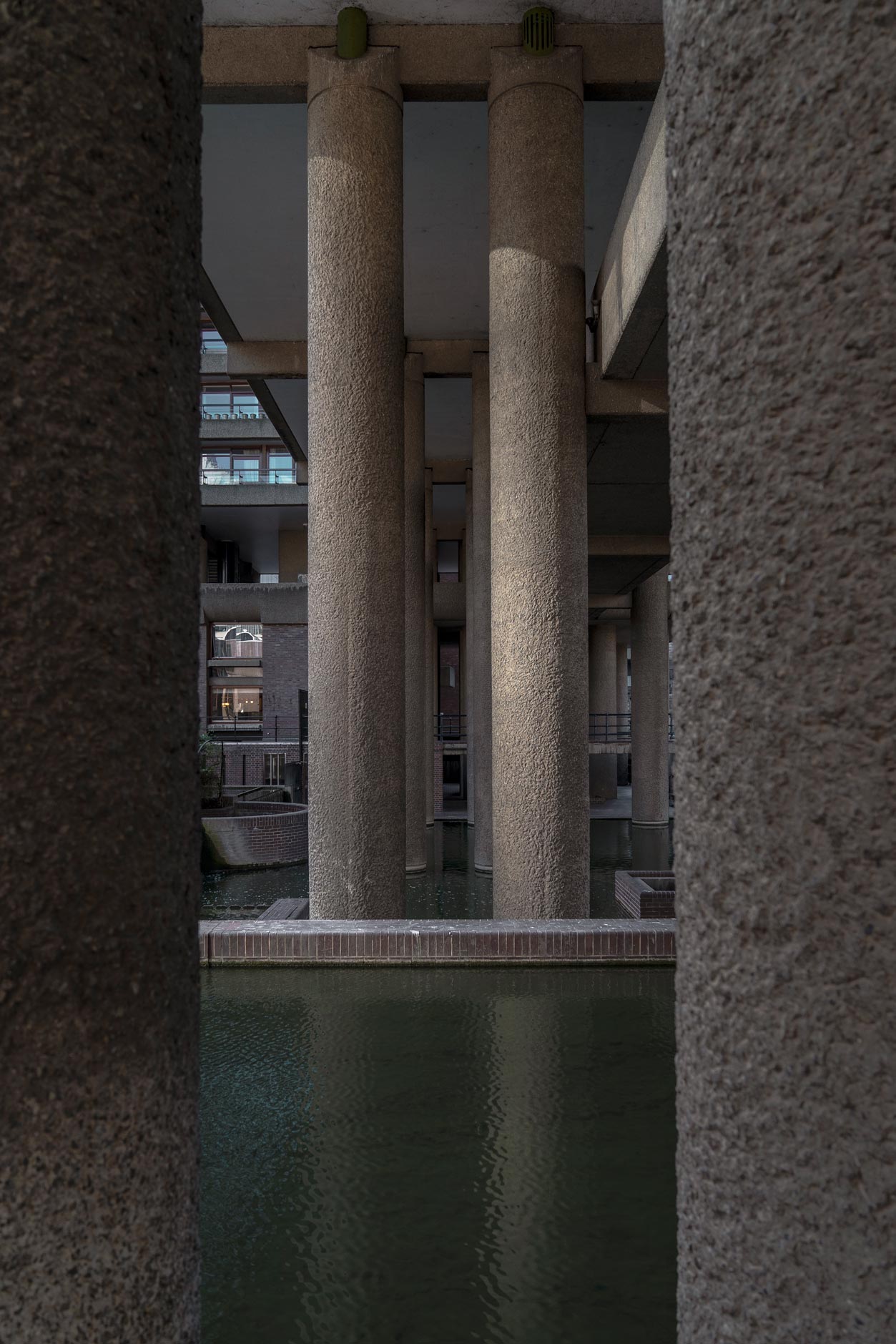
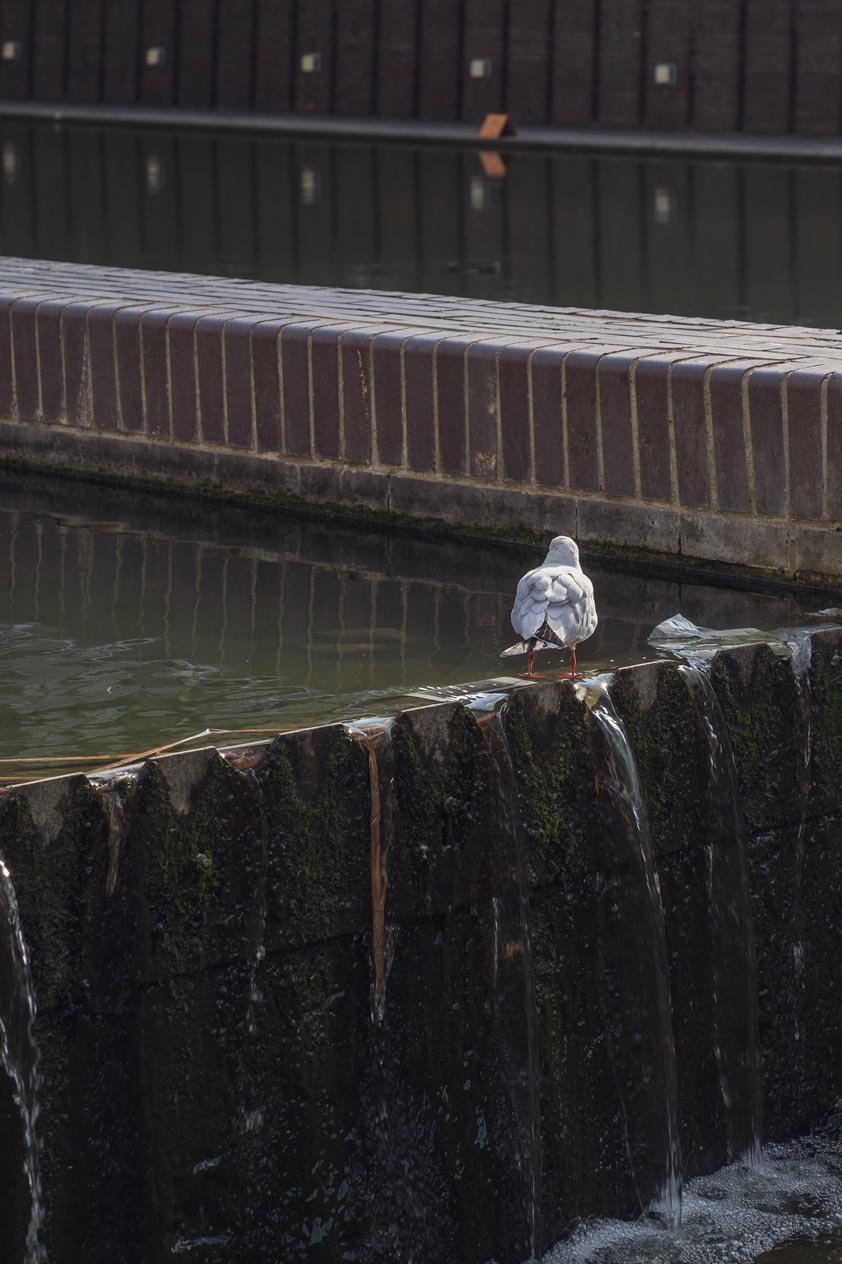
I would even go as far as to say I love it. Certainly, I could visit the Barbican every time I’m in London. The complex itself is a residential estate built during the 1960’s by British firm Chamberlin. It has about 2,014 homes, a school, arts and drama center, theater and let’s not forget, the conservatory. The garden was closed when I was there, but you can see some beautiful photos of it on one of my all-time favourite blogs.
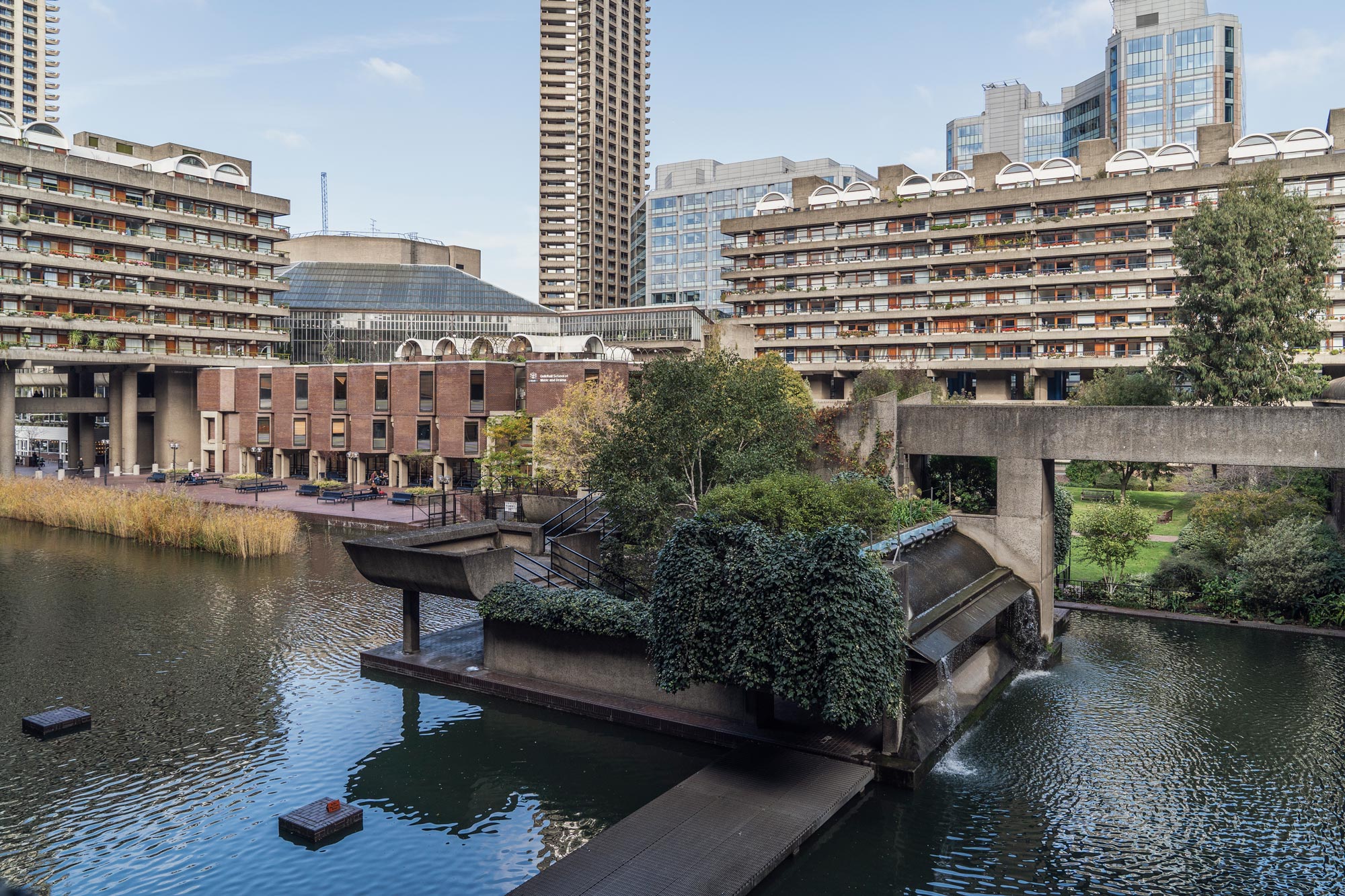
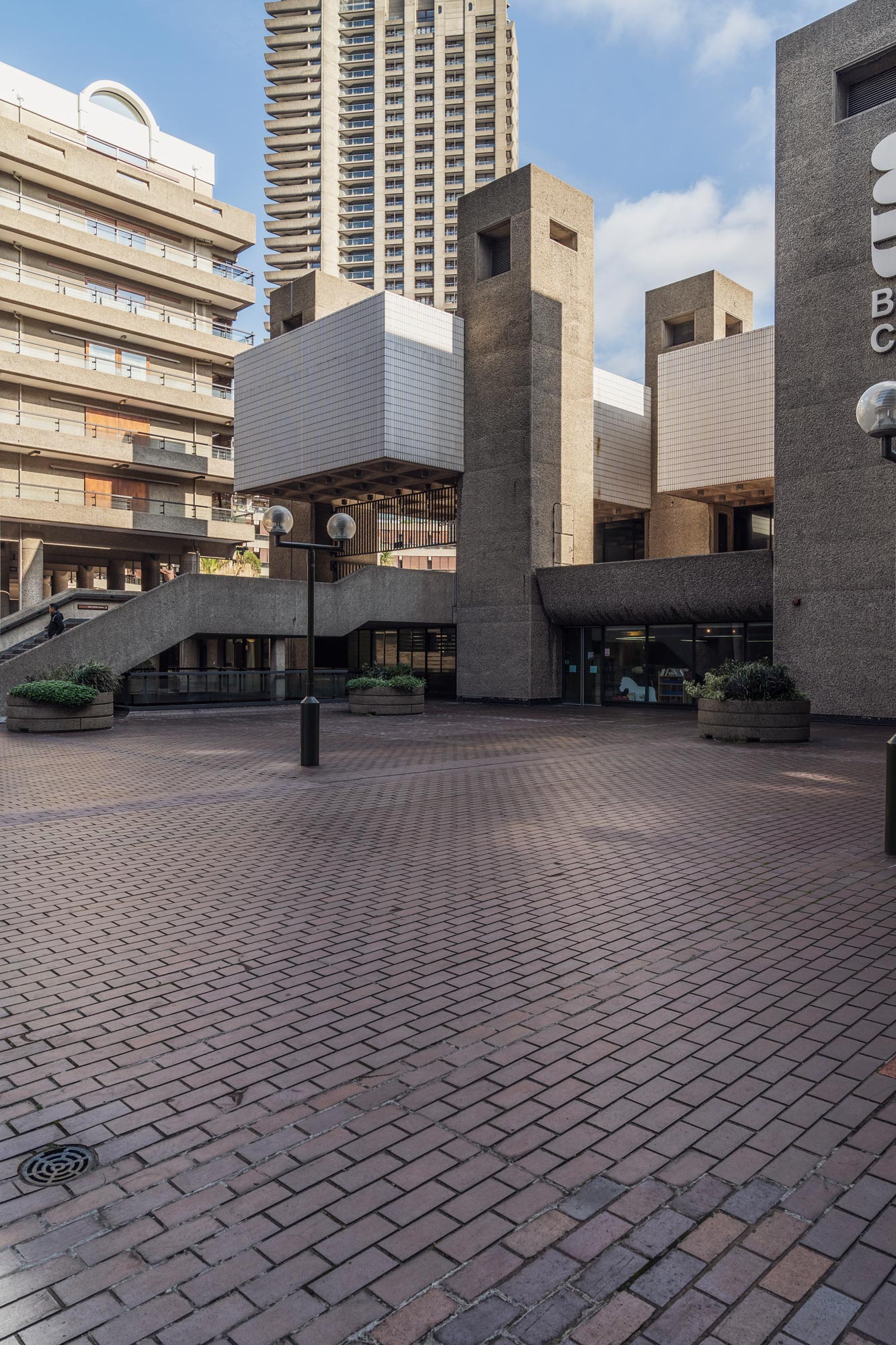
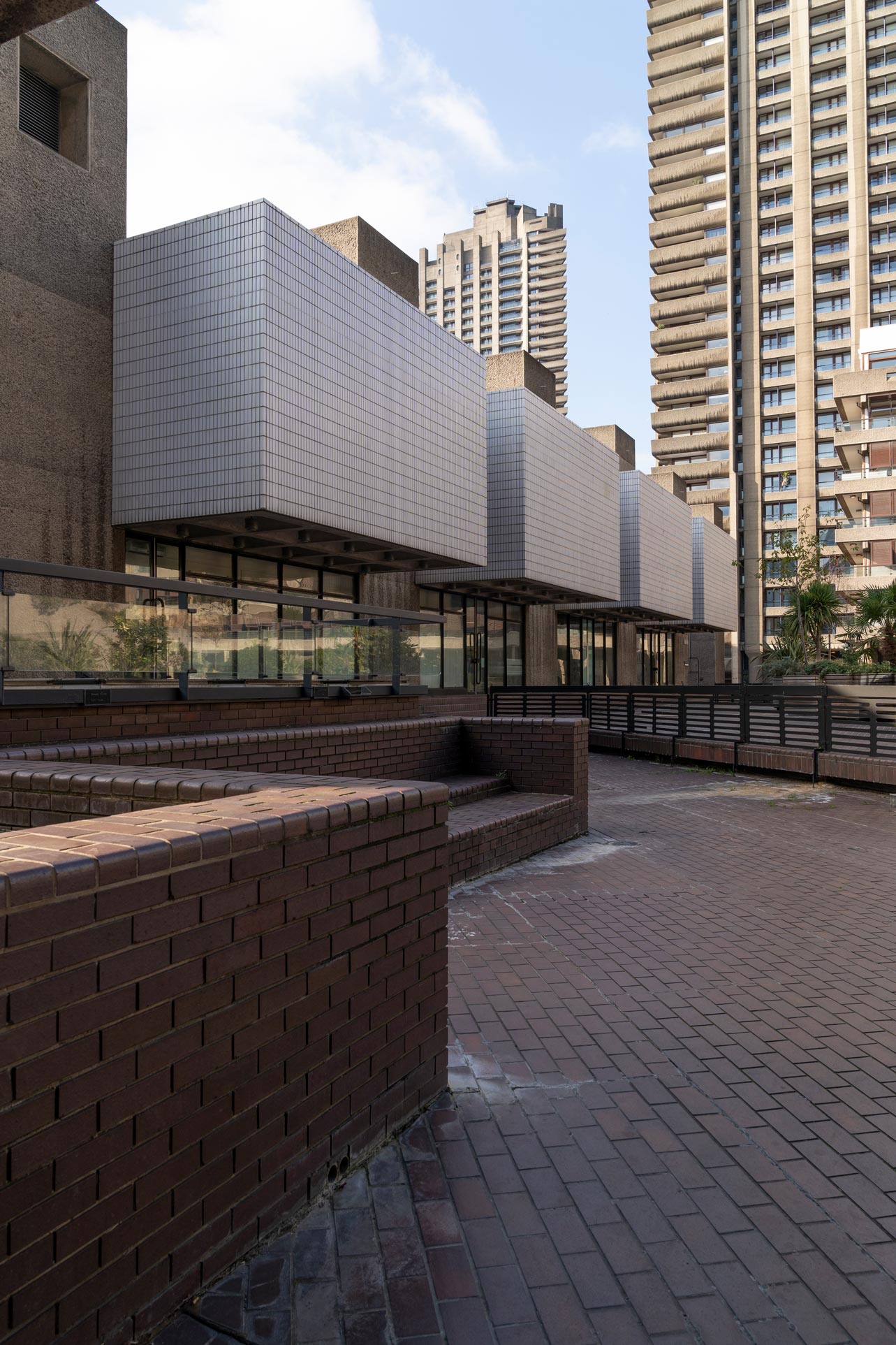
Since people tend to either hate or love the place; I thought it a fun activity to try to dissect why I think it’s so good. Here we go:
First of all, it is massive. But even though you’re surrounded by huge buildings, it feels open and safe. This is probably due to the fact that you have wide raised levels and pedestrian walkways not accessible by cars. In fact, it feels like a sanctuary similar to the traditional Moroccan Riads, where the structure surrounds a central garden. The inner square with its beautiful tranquil greenery provides a refuge from and at the same time protected by, the hardcore architectural landscape around it.
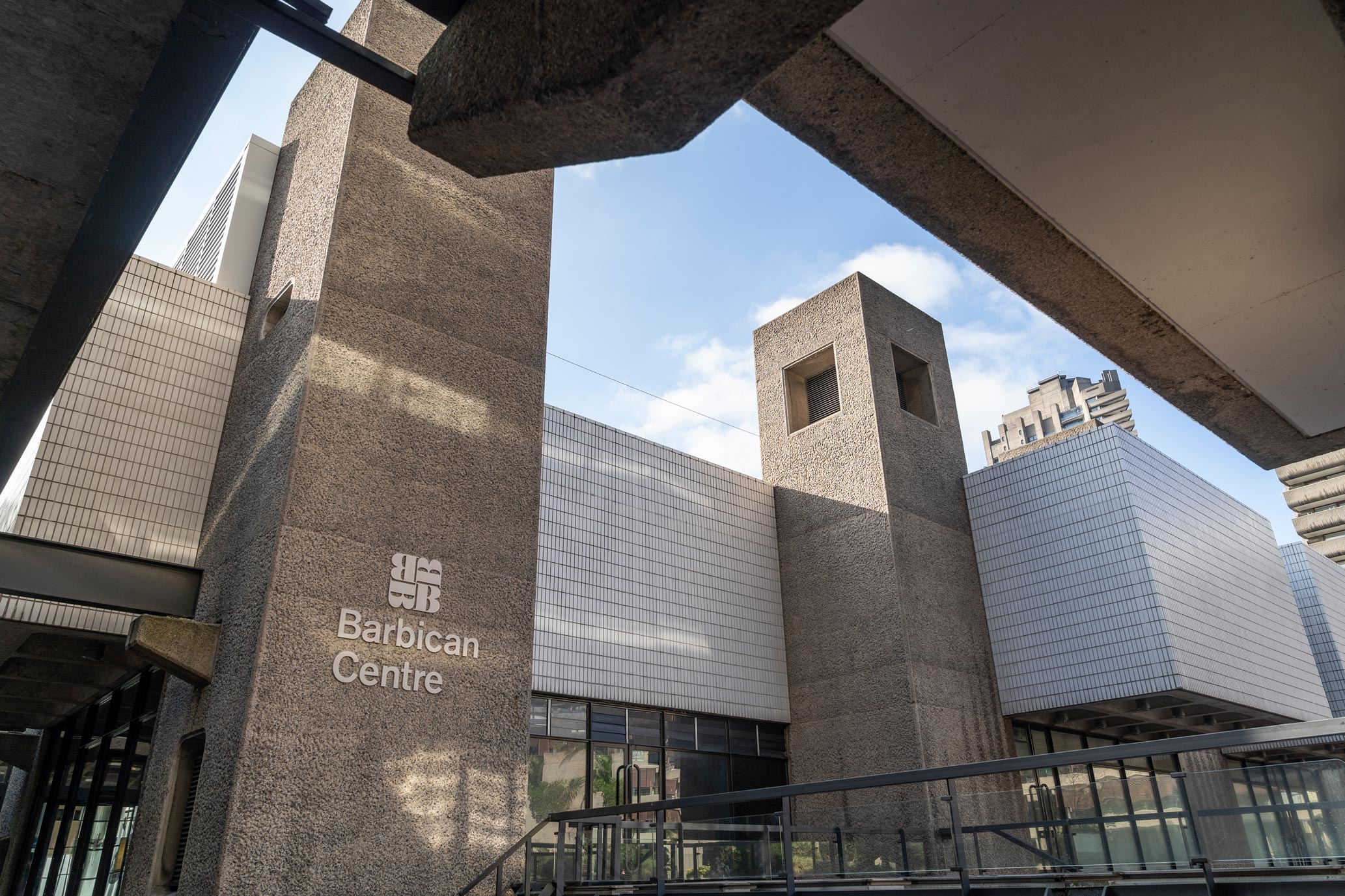
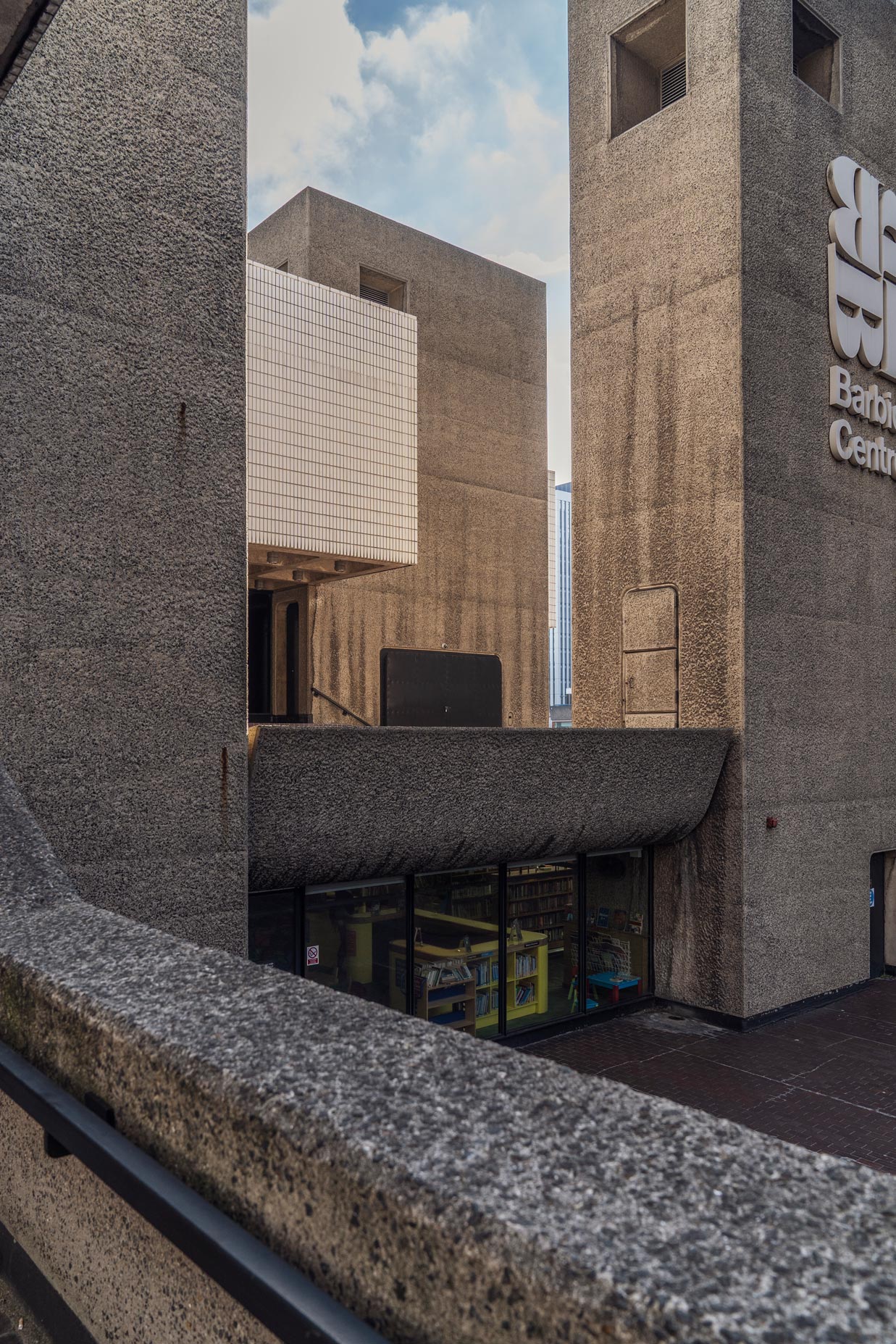
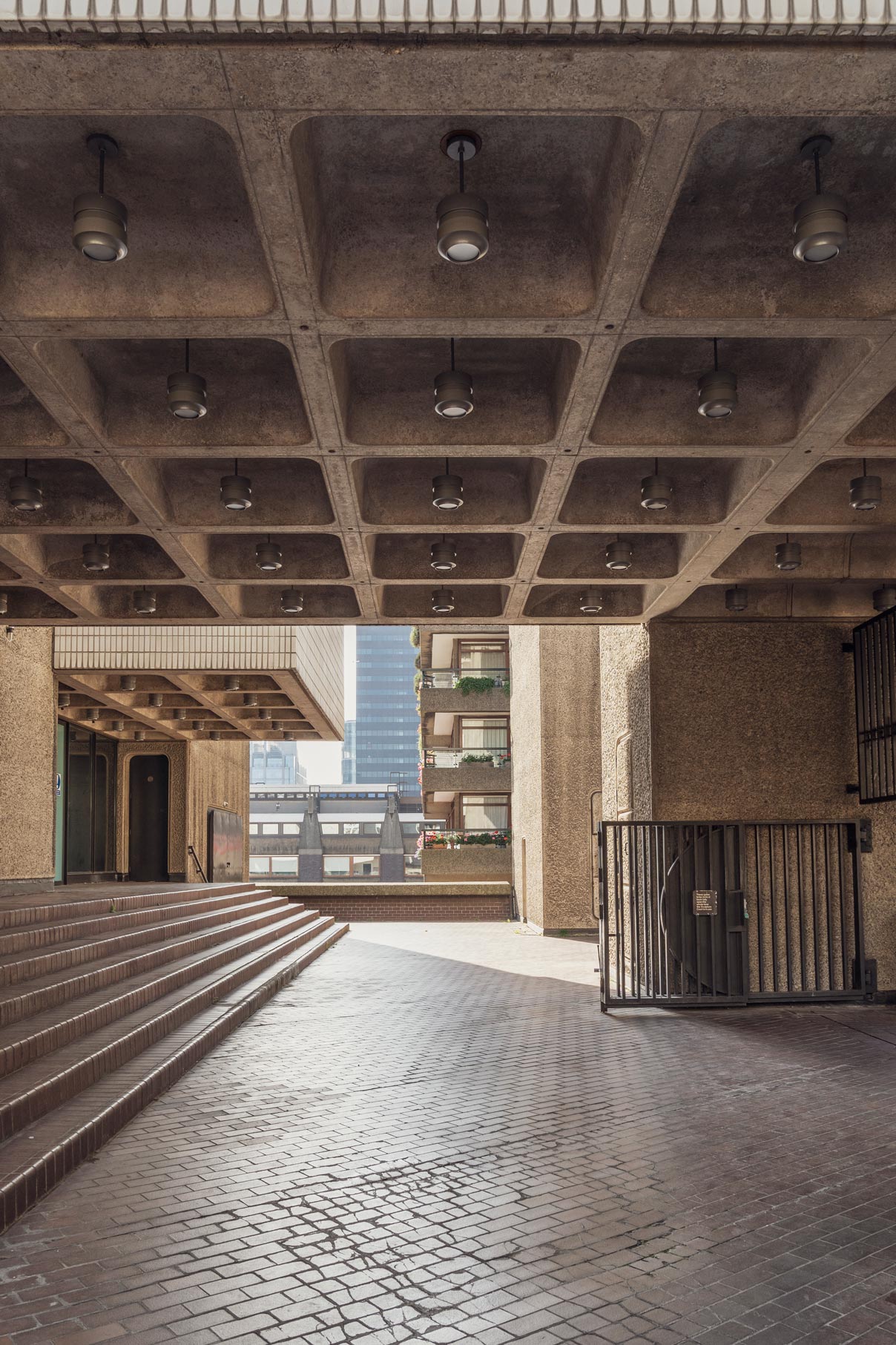
Almost everywhere you stand you have the ability to look far. Whether it’s across the lake, through levels and walkways or windows and translucent facades. All of this allow you to participate and engage with the structure and explore its entrails, as opposed to having a beast of concrete lying squarely in front of you.
At every angle there’s a vista to appreciate; be it the glass-like ripples on the lake, the bird life mixing with urban activity or the light bouncing off polished panes and tall round columns.
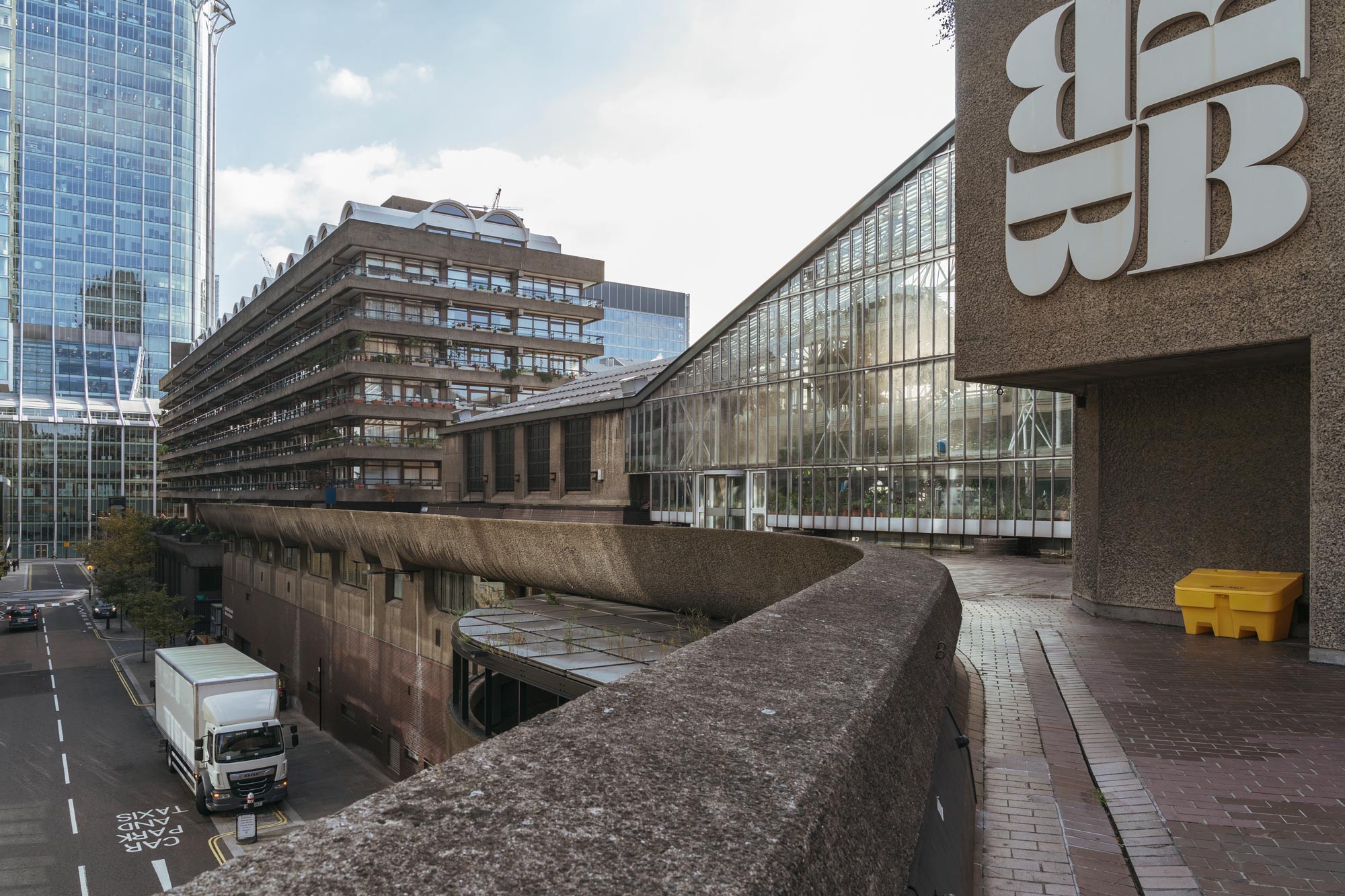

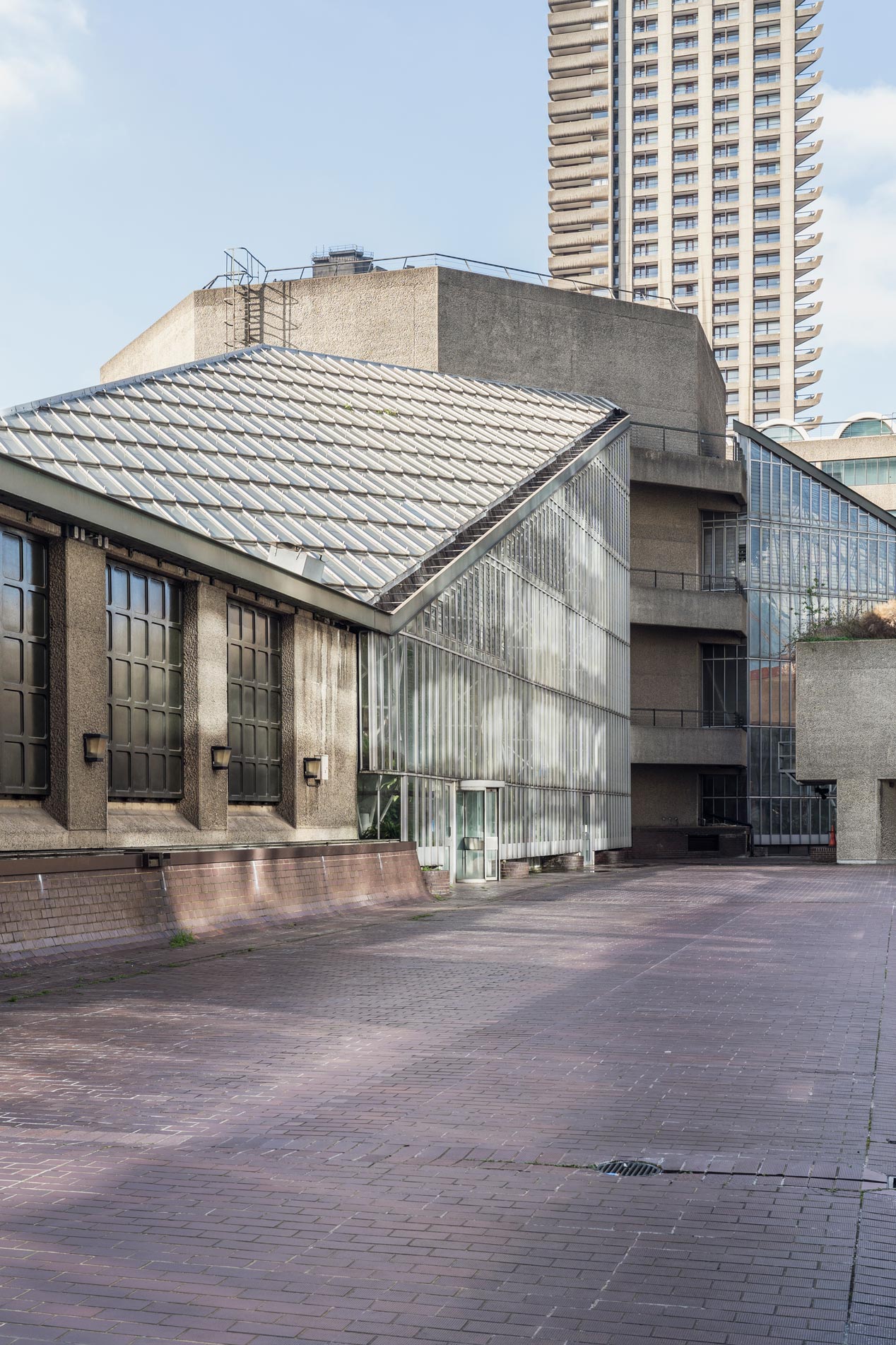
On a clear day there are plenty of spots to bathe in and enjoy the sunlight. In contrast to the harsh material quality of the concrete, the complex “feels” surprisingly soft. Possibly due to the vegetation of the sculptural gardens, glassy green lake and textural surfaces combined with rounded shapes like cylindrical buttresses, circular windows and curved edges of the tiles and the poured concrete.
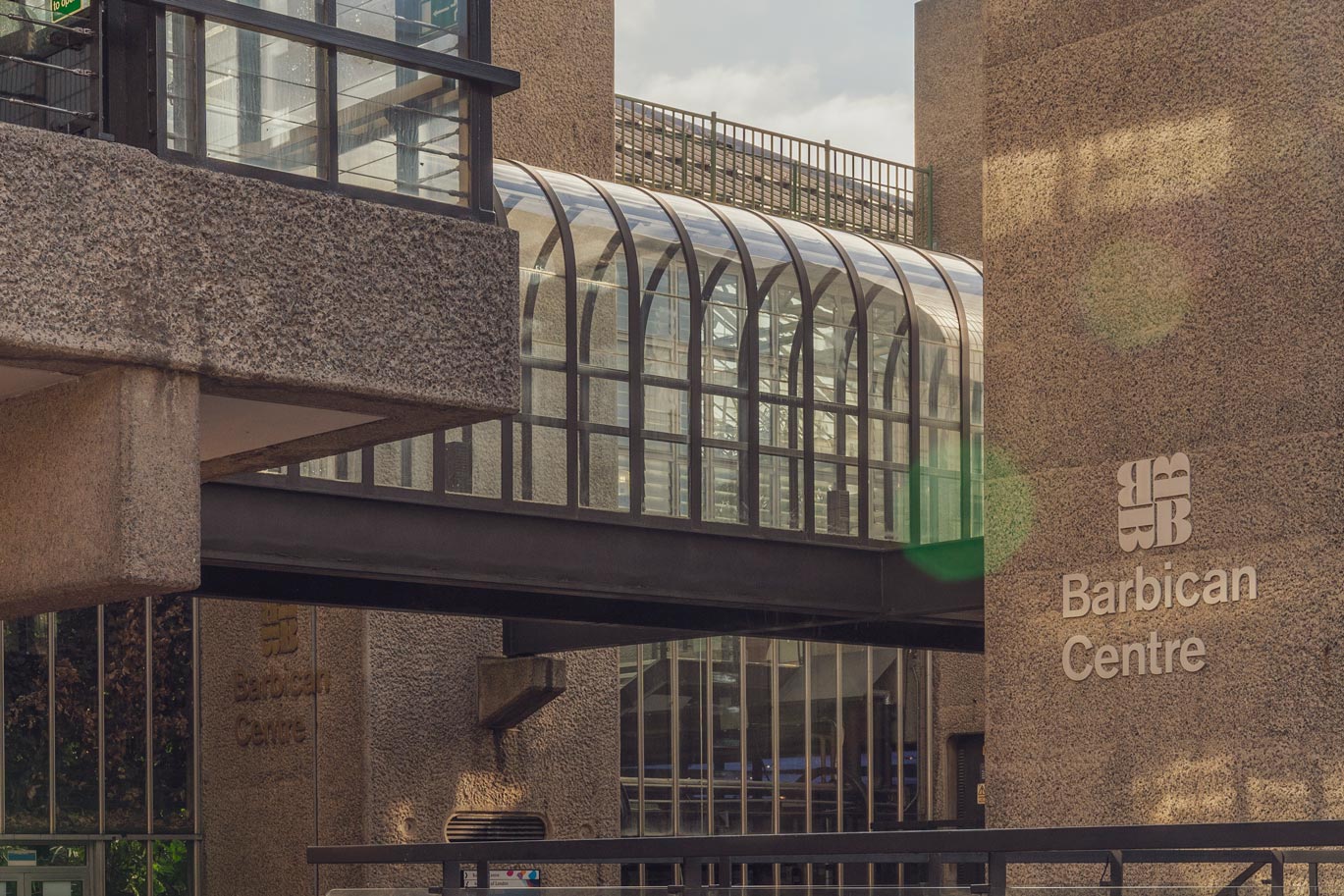
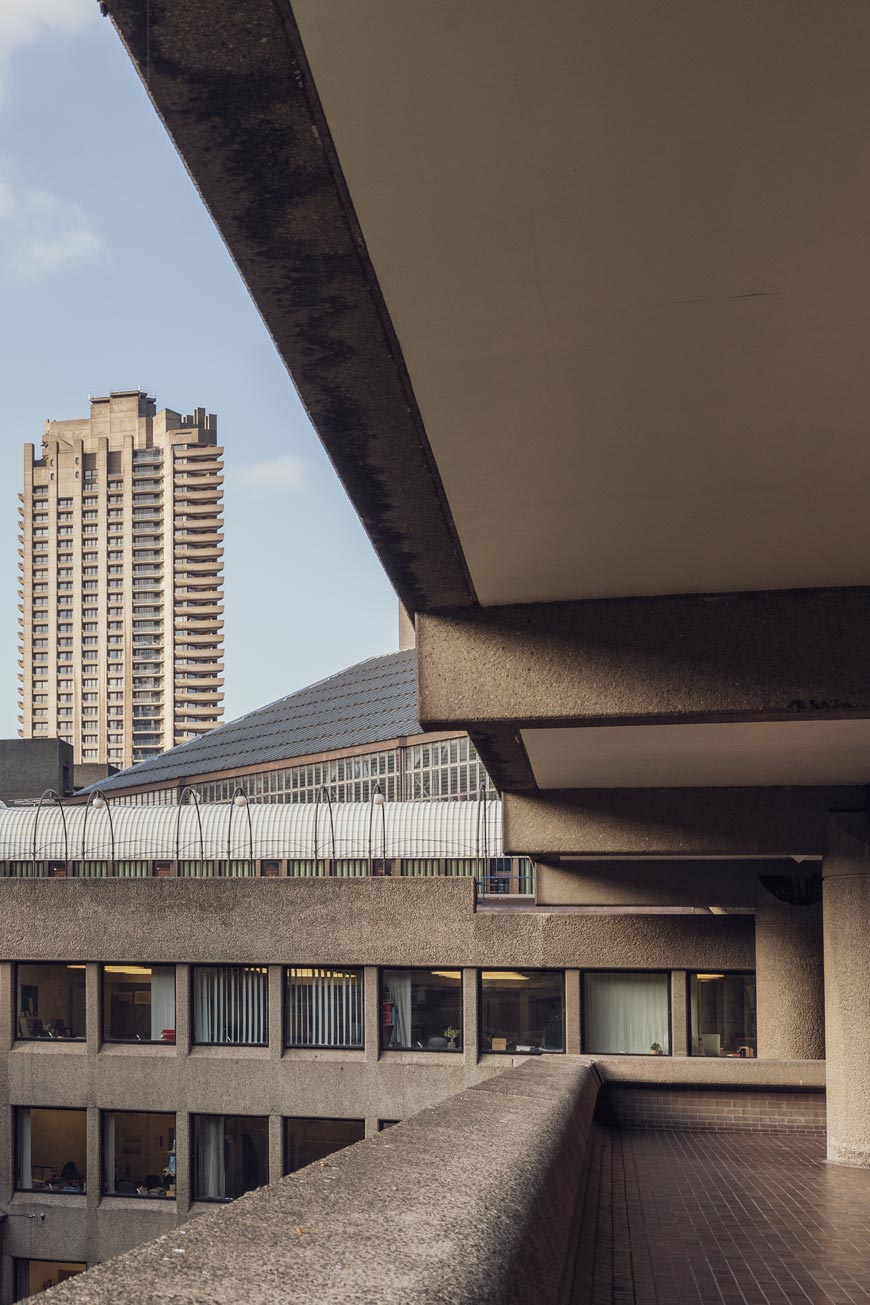
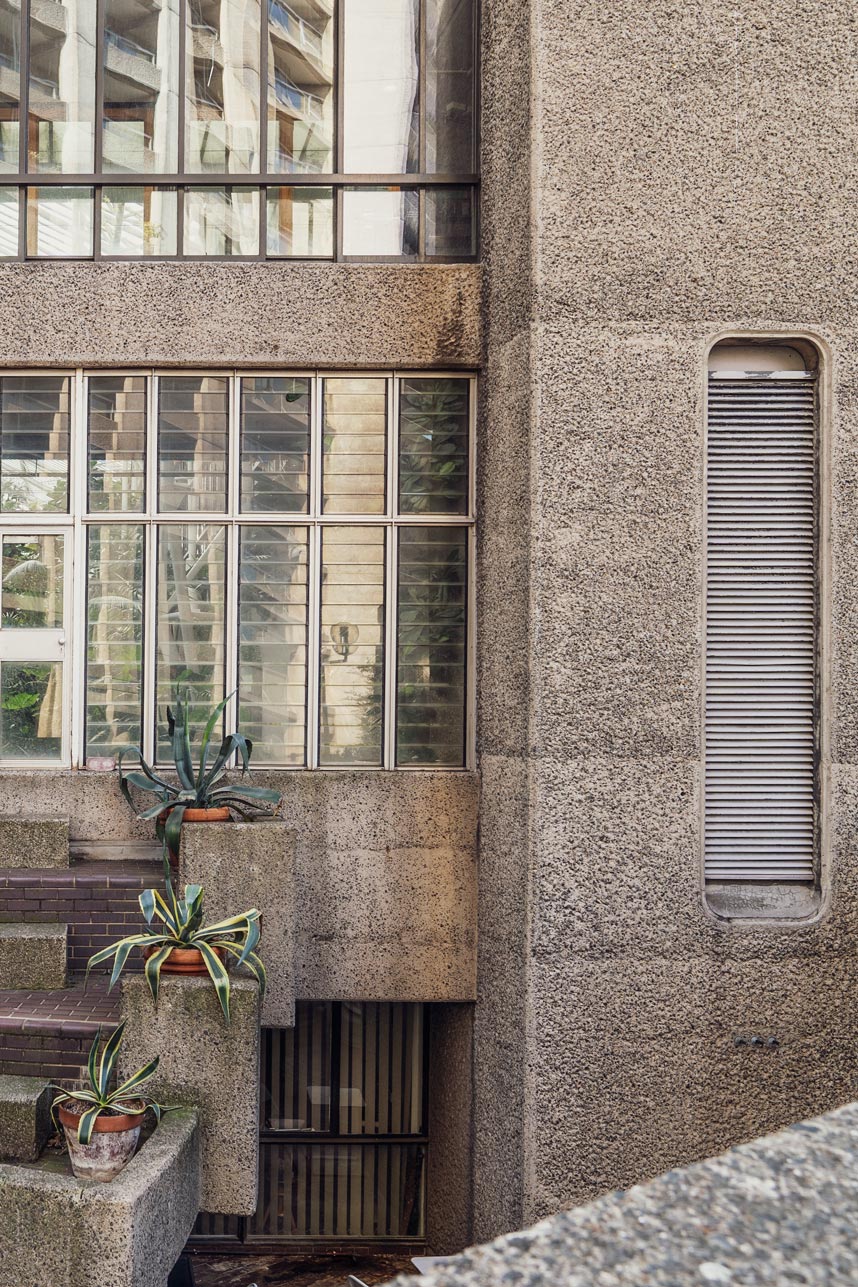
Perhaps it’s the design principles I can discern that makes me love the Barbican so. The rhythm created by the repetition of horisontal and vertical lines in windows, panes, pillars and tiles create a sense of movement, texture and harmony. Super tall structures are offset by wide shapes and linear lines emphasise the sense of depth and space.
Or maybe it’s simply the fact that time seams to slow down a bit here. The hustle and bustle of the city falls away, and for a few moments there’s a perceptible quiet. The distinct modernist style reminds you of the past while the sheer weight and magnitude of it all brings you back to the ever lasting present.
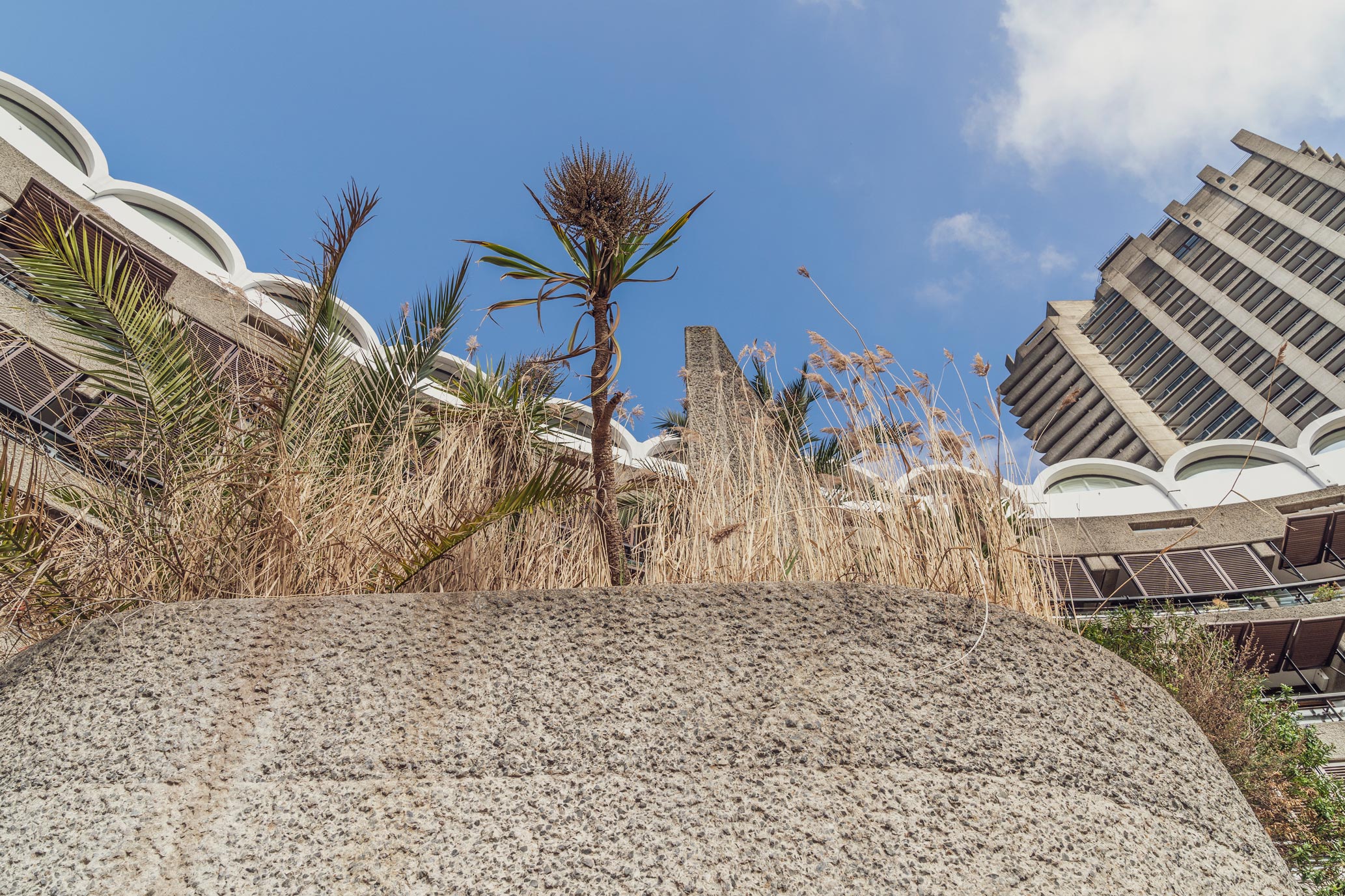
Text & Photography © Barbara Cilliers
Wild about interiors?
Sign up to the newsletter for more inspirational content and stepping into beautiful spaces.

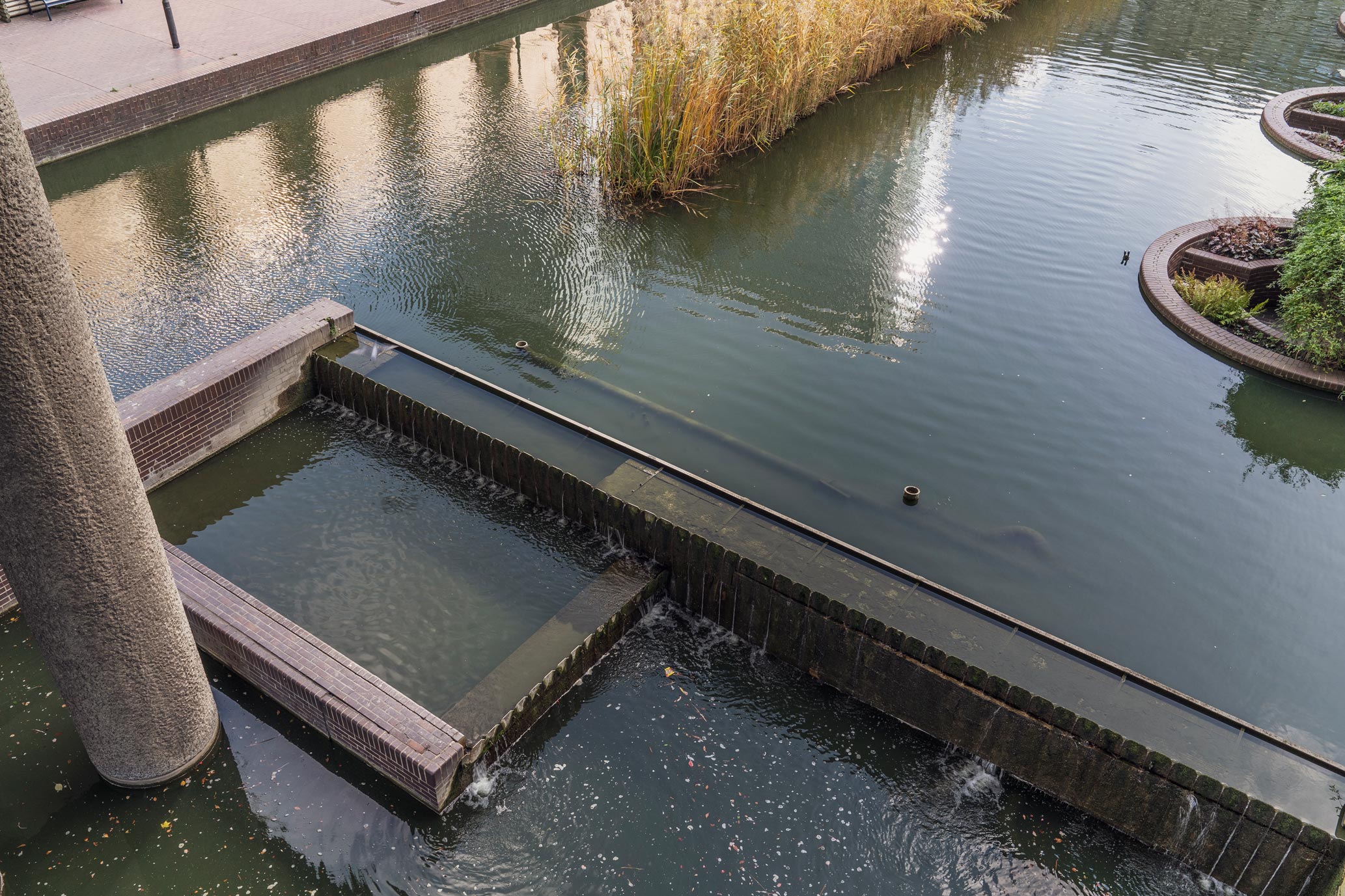

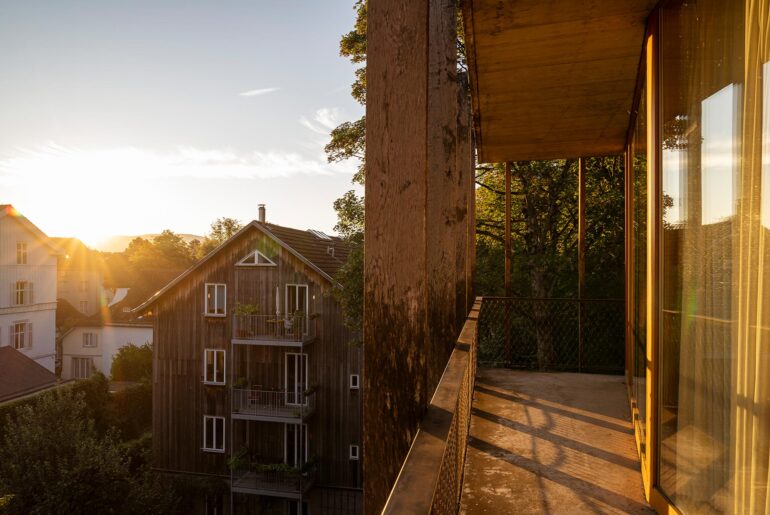
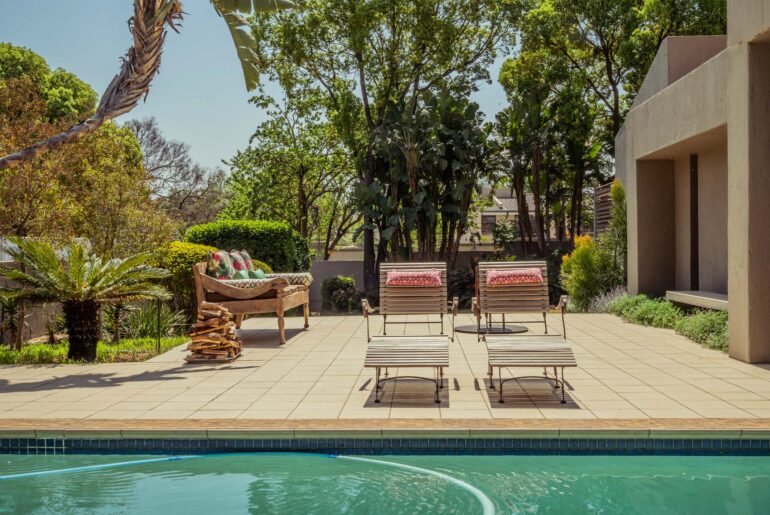
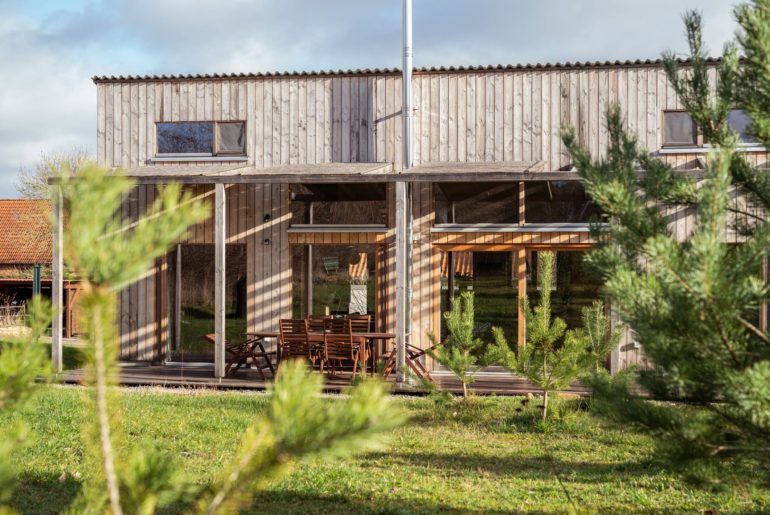
Comments are closed.